 August 16, 2013: JOBS, the Steve Jobs biopic starring Ashton Kutcher, lands in theaters.
August 16, 2013: JOBS, the Steve Jobs biopic starring Ashton Kutcher, lands in theaters.
The first of two competing Jobs movies (the second one was the Aaron Sorkin version, based on Walter Isaacson’s best-selling biography), the movie receives polarizing reviews from critics, but fails to make an impact at the box office — where it earns just $6.7 million in its first weekend.
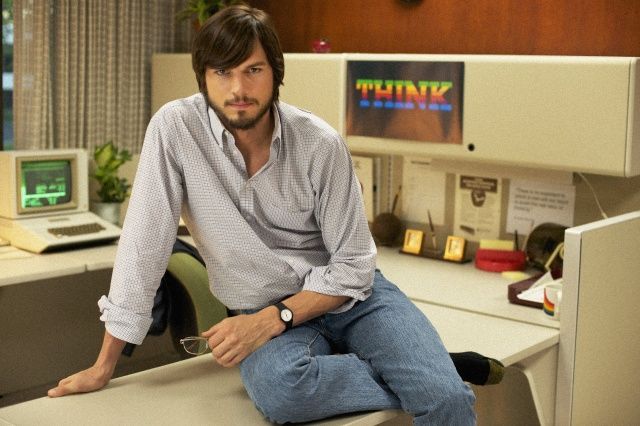


 August 10, 2004: The iTunes Music Store catalog grows to 1 million songs in the United States, a first for an online music service.
August 10, 2004: The iTunes Music Store catalog grows to 1 million songs in the United States, a first for an online music service.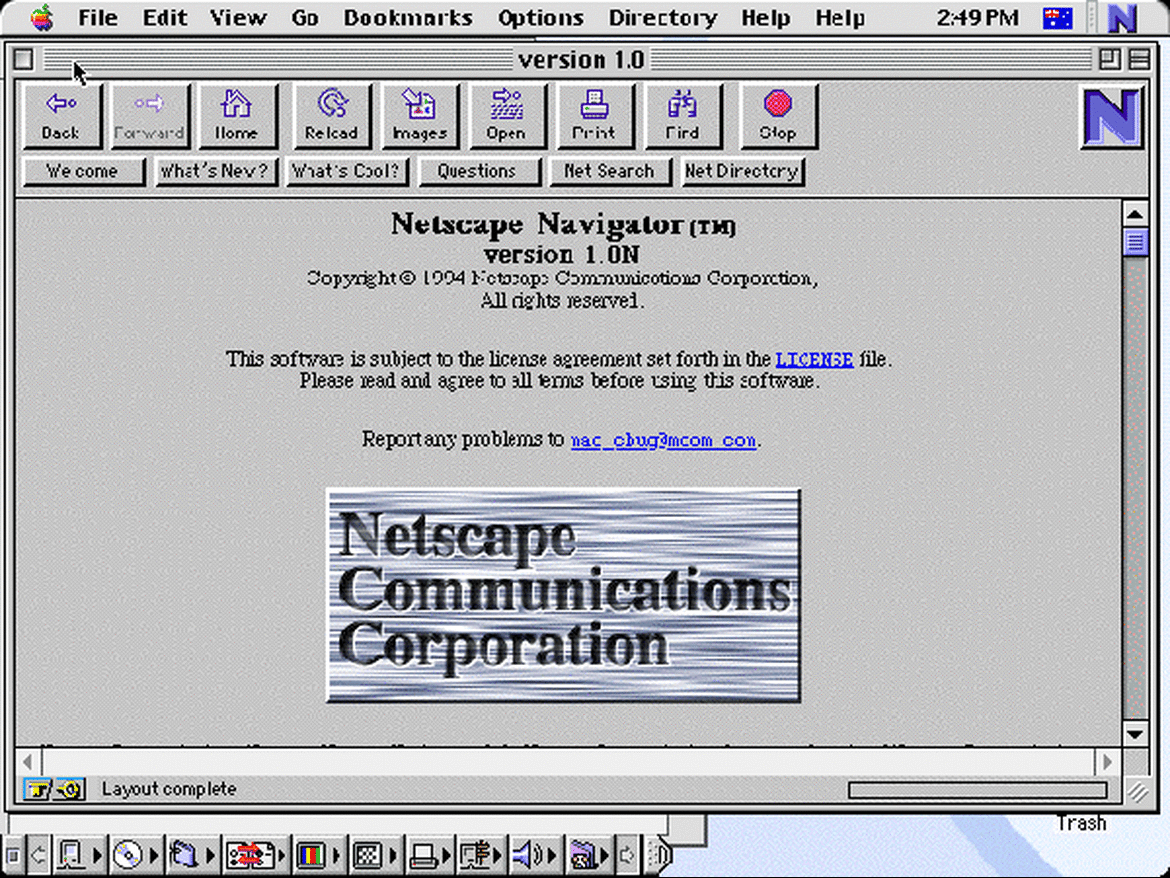
 August 9, 1995: The Netscape Communications IPO floats shares of the company behind Netscape Navigator, the Macintosh’s default browser, on the stock market.
August 9, 1995: The Netscape Communications IPO floats shares of the company behind Netscape Navigator, the Macintosh’s default browser, on the stock market.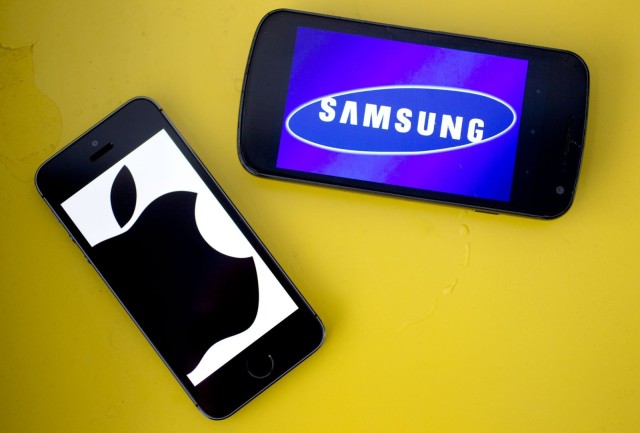
 August 4, 2010: Apple fires the first shot in its apparently never-ending war against Samsung, when a team of Apple executives visit Samsung’s HQ in Seoul, South Korea, and give a presentation with the title, “Samsung’s Use of Apple Patents in Smartphones.”
August 4, 2010: Apple fires the first shot in its apparently never-ending war against Samsung, when a team of Apple executives visit Samsung’s HQ in Seoul, South Korea, and give a presentation with the title, “Samsung’s Use of Apple Patents in Smartphones.”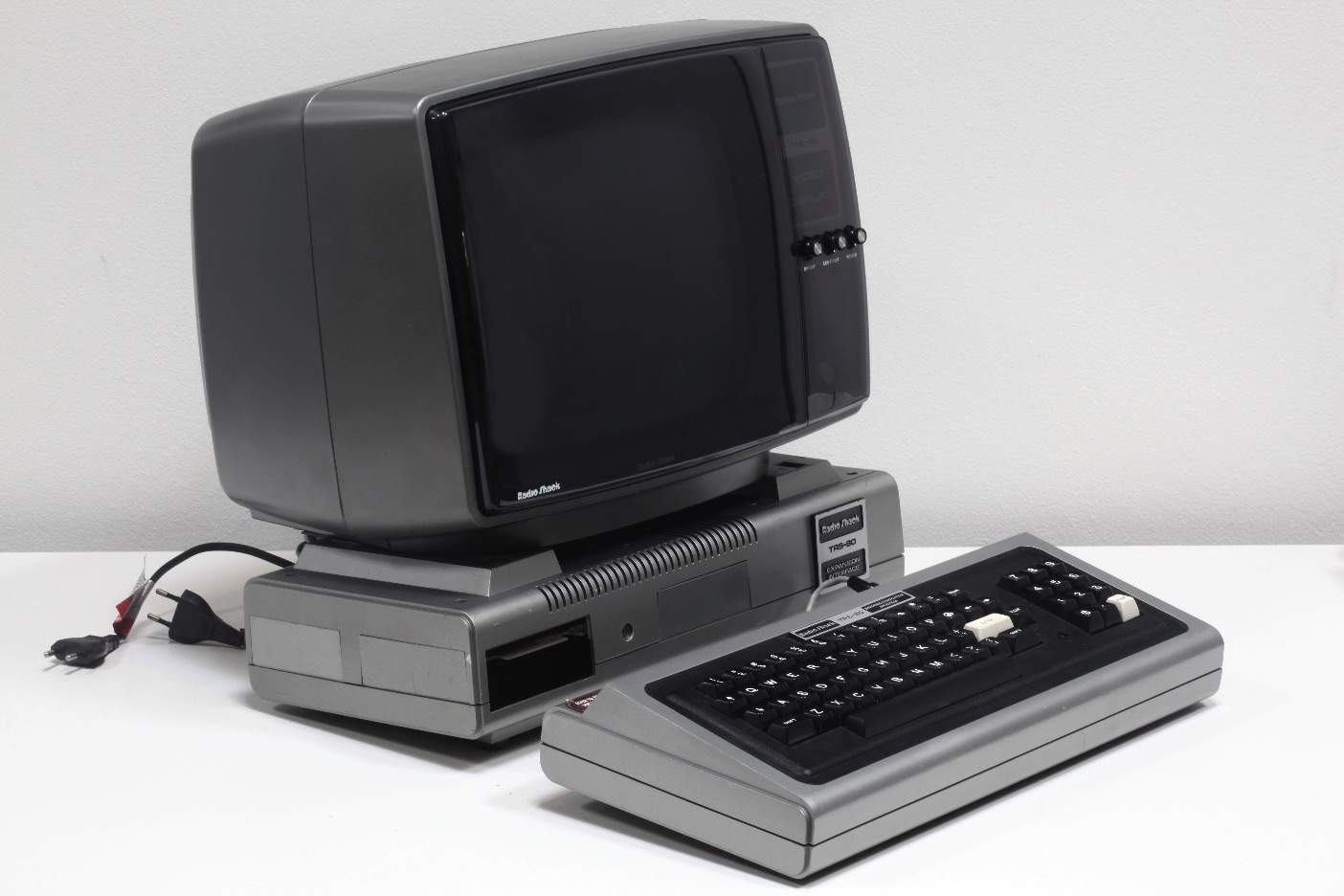
 August 3, 1977: The Tandy TRS-80 personal computer makes its debut. The first affordable, mass-market computer gives the Apple 1 some serious competition.
August 3, 1977: The Tandy TRS-80 personal computer makes its debut. The first affordable, mass-market computer gives the Apple 1 some serious competition.
 July 20, 1978: Apple DOS makes its debut on the Apple II, giving Apple its first official operating system.
July 20, 1978: Apple DOS makes its debut on the Apple II, giving Apple its first official operating system.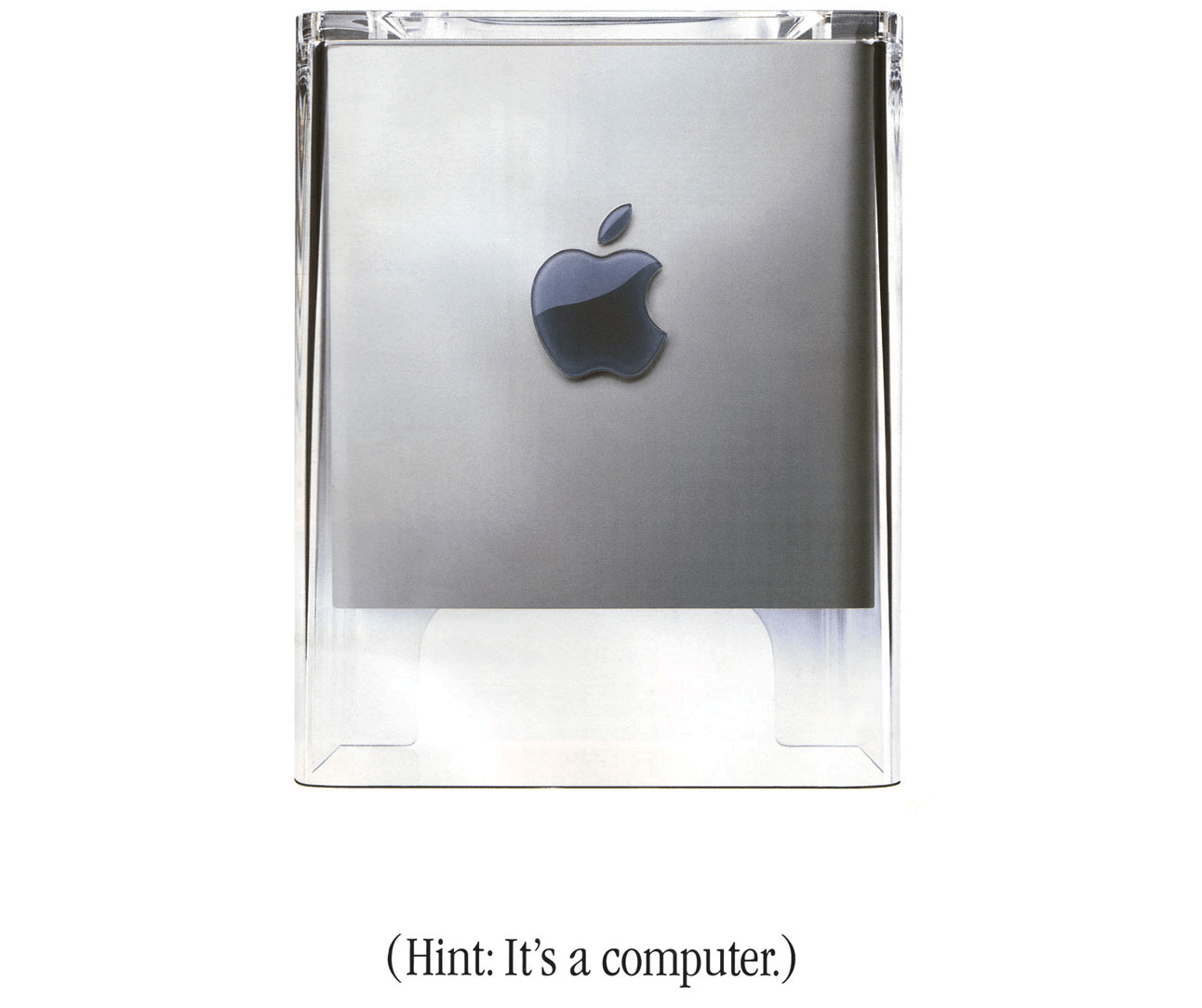
 July 19, 2000: Apple launches its futuristic-looking Power Mac G4 Cube. The clear computer is one of the company’s most jaw-droppingly gorgeous machines, but ultimately becomes one of its biggest disappointments.
July 19, 2000: Apple launches its futuristic-looking Power Mac G4 Cube. The clear computer is one of the company’s most jaw-droppingly gorgeous machines, but ultimately becomes one of its biggest disappointments.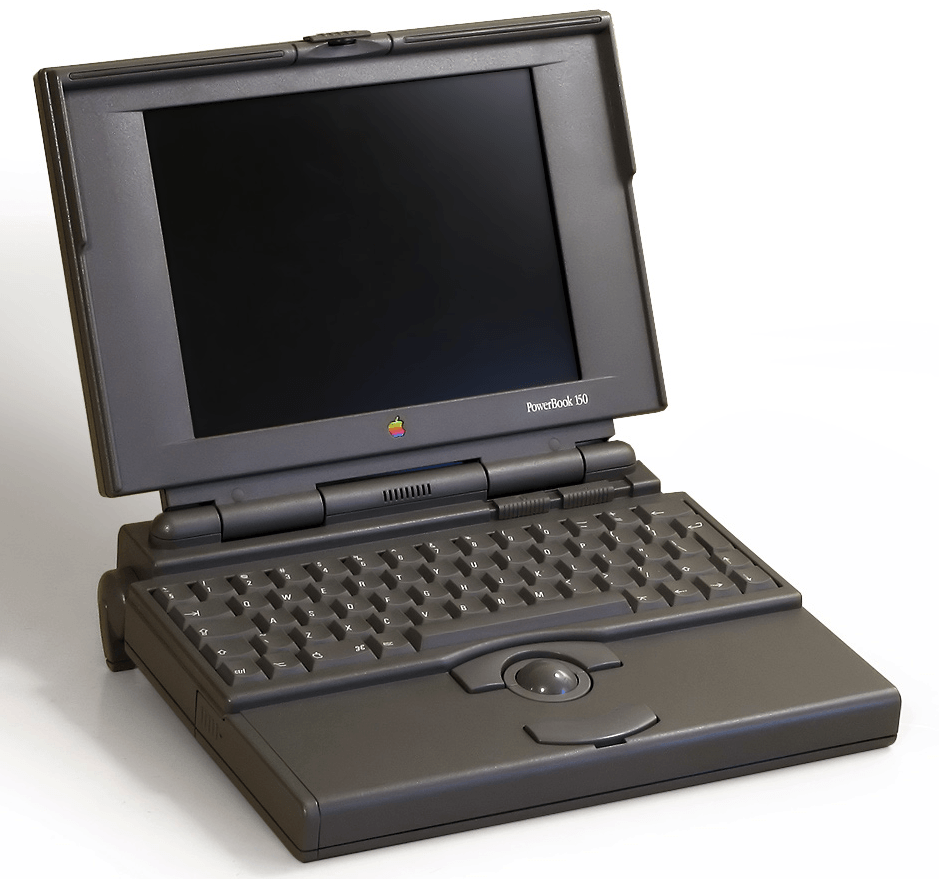
 July 18, 1994: Apple ships its PowerBook 150 laptop, the company’s first truly affordable PowerBook — and the last to feature the original case design, which included a built-in trackball mouse.
July 18, 1994: Apple ships its PowerBook 150 laptop, the company’s first truly affordable PowerBook — and the last to feature the original case design, which included a built-in trackball mouse.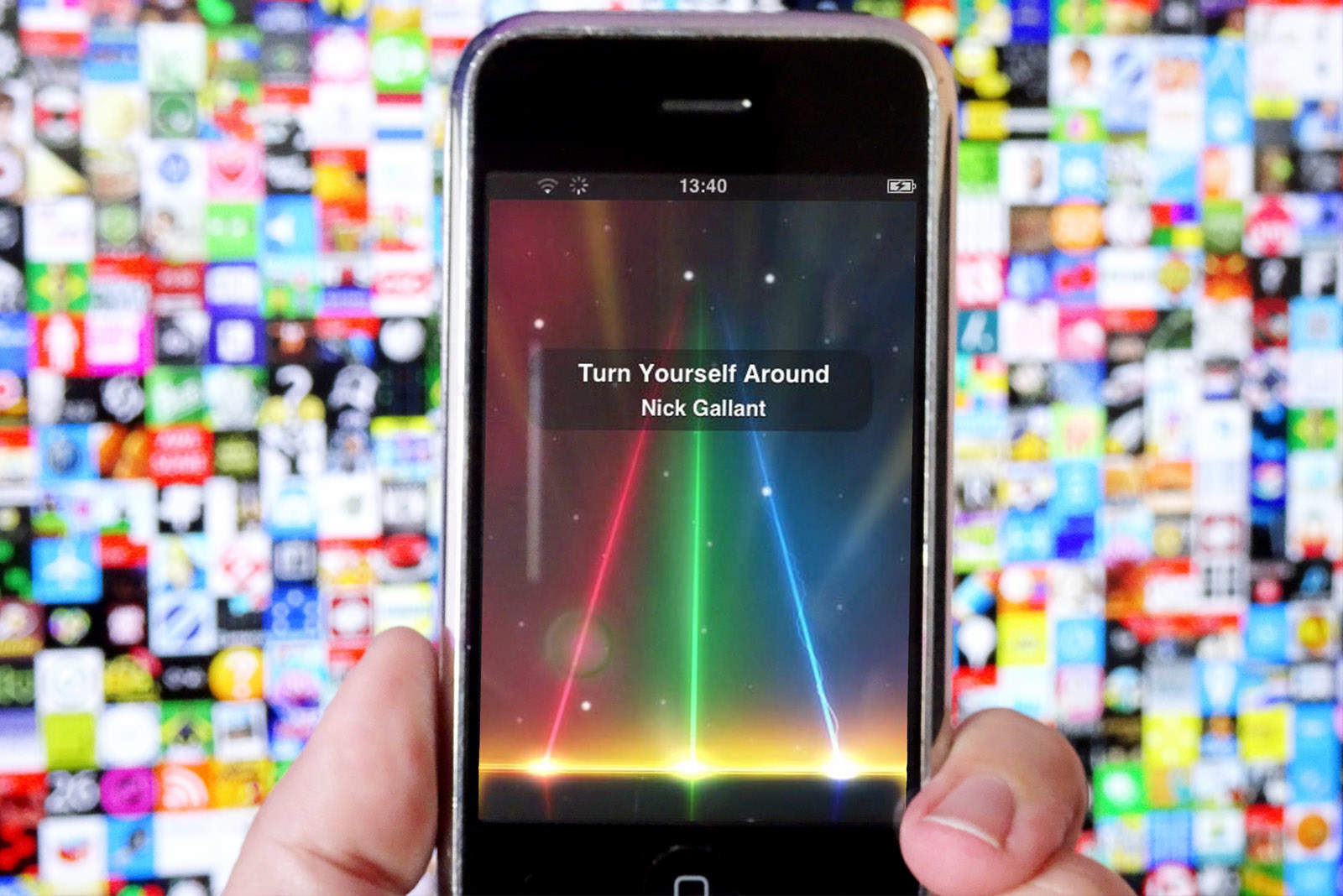
 July 14, 2008: Apple crows that its newly opened App Store hit a massive 10 million downloads in its first 72 hours.
July 14, 2008: Apple crows that its newly opened App Store hit a massive 10 million downloads in its first 72 hours.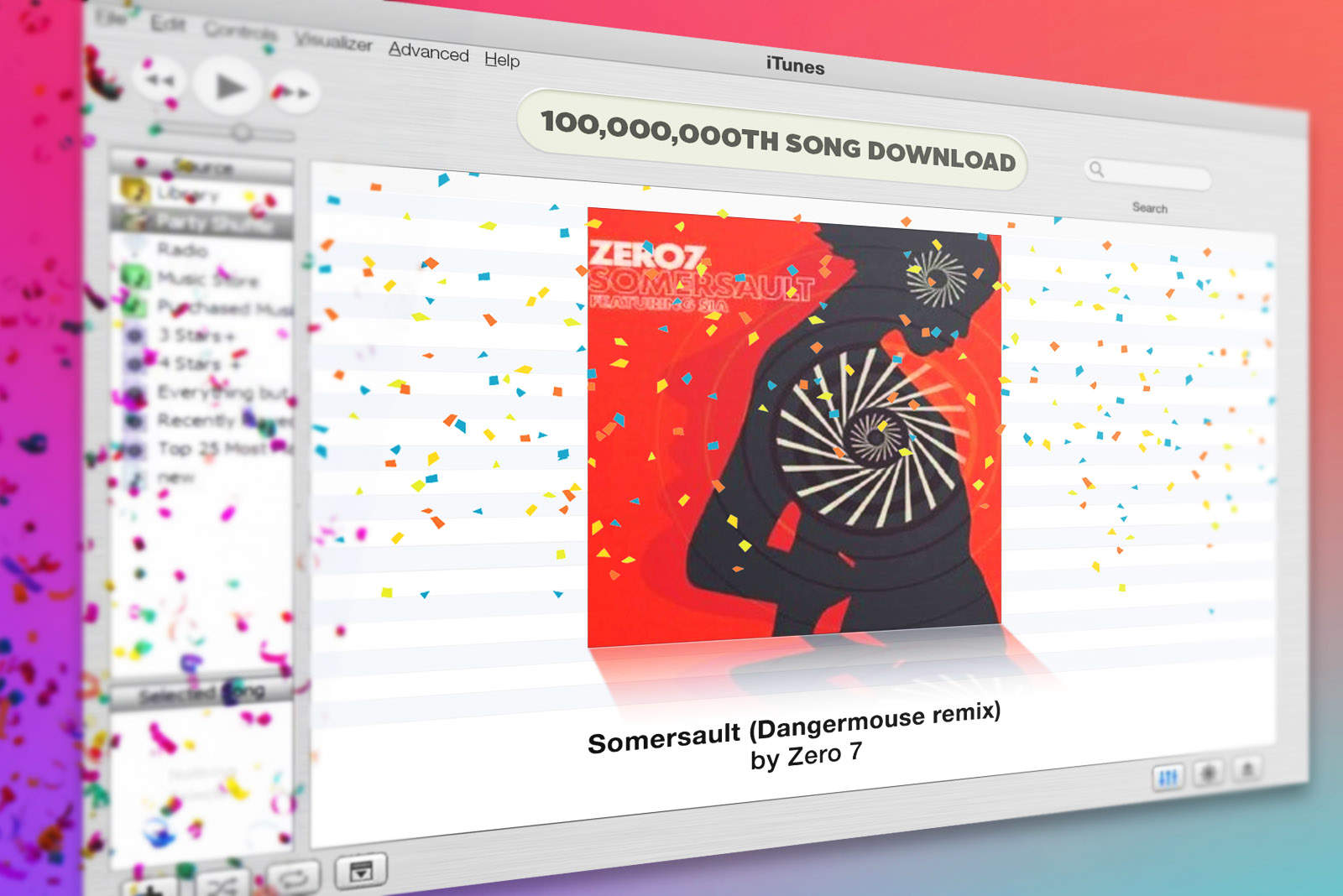
 July 12, 2004: Apple boasts that the
July 12, 2004: Apple boasts that the 
 July 11, 2008: The iPhone 3G goes on sale, becoming the first Apple product in history to sell more than 1 million units in its first weekend.
July 11, 2008: The iPhone 3G goes on sale, becoming the first Apple product in history to sell more than 1 million units in its first weekend.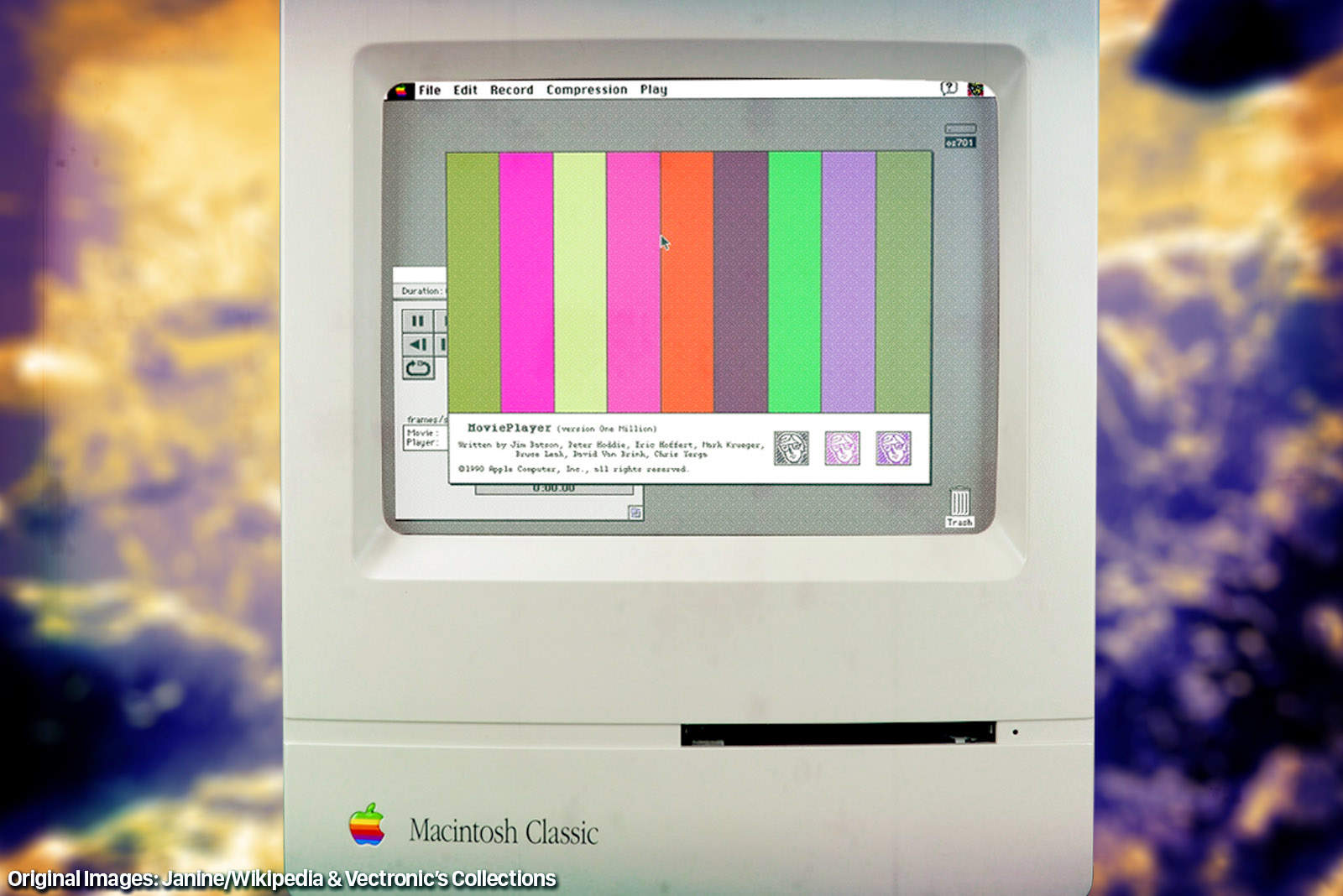
 July 8, 1991: The first QuickTime beta arrives, making it possible for people to play movies on their Macs for the first time, with no extra hardware needed.
July 8, 1991: The first QuickTime beta arrives, making it possible for people to play movies on their Macs for the first time, with no extra hardware needed.
 July 7, 1997: Apple CEO Gil Amelio officially steps down from his role, turning the company over to the returning Steve Jobs, who immediately begins making his presence felt.
July 7, 1997: Apple CEO Gil Amelio officially steps down from his role, turning the company over to the returning Steve Jobs, who immediately begins making his presence felt.
 July 6, 2011: Amazon wins a landmark verdict against Apple over its proprietary use of the term “App Store” — opening up the possibility of other rival services calling their own app stores by the phrase Apple had helped popularize.
July 6, 2011: Amazon wins a landmark verdict against Apple over its proprietary use of the term “App Store” — opening up the possibility of other rival services calling their own app stores by the phrase Apple had helped popularize.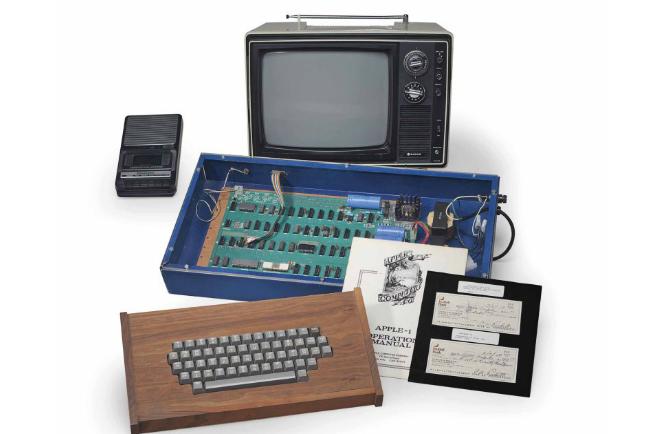
 July 1, 1976: The Apple 1 goes on sale, becoming the first computer ever sold by the Apple Computer Company.
July 1, 1976: The Apple 1 goes on sale, becoming the first computer ever sold by the Apple Computer Company.
 Given its position as the company’s
Given its position as the company’s 
 Arriving on this day in 1993, the Macintosh LC 520 was among the first of Apple’s LC 500 series of medium-price Macs.
Arriving on this day in 1993, the Macintosh LC 520 was among the first of Apple’s LC 500 series of medium-price Macs.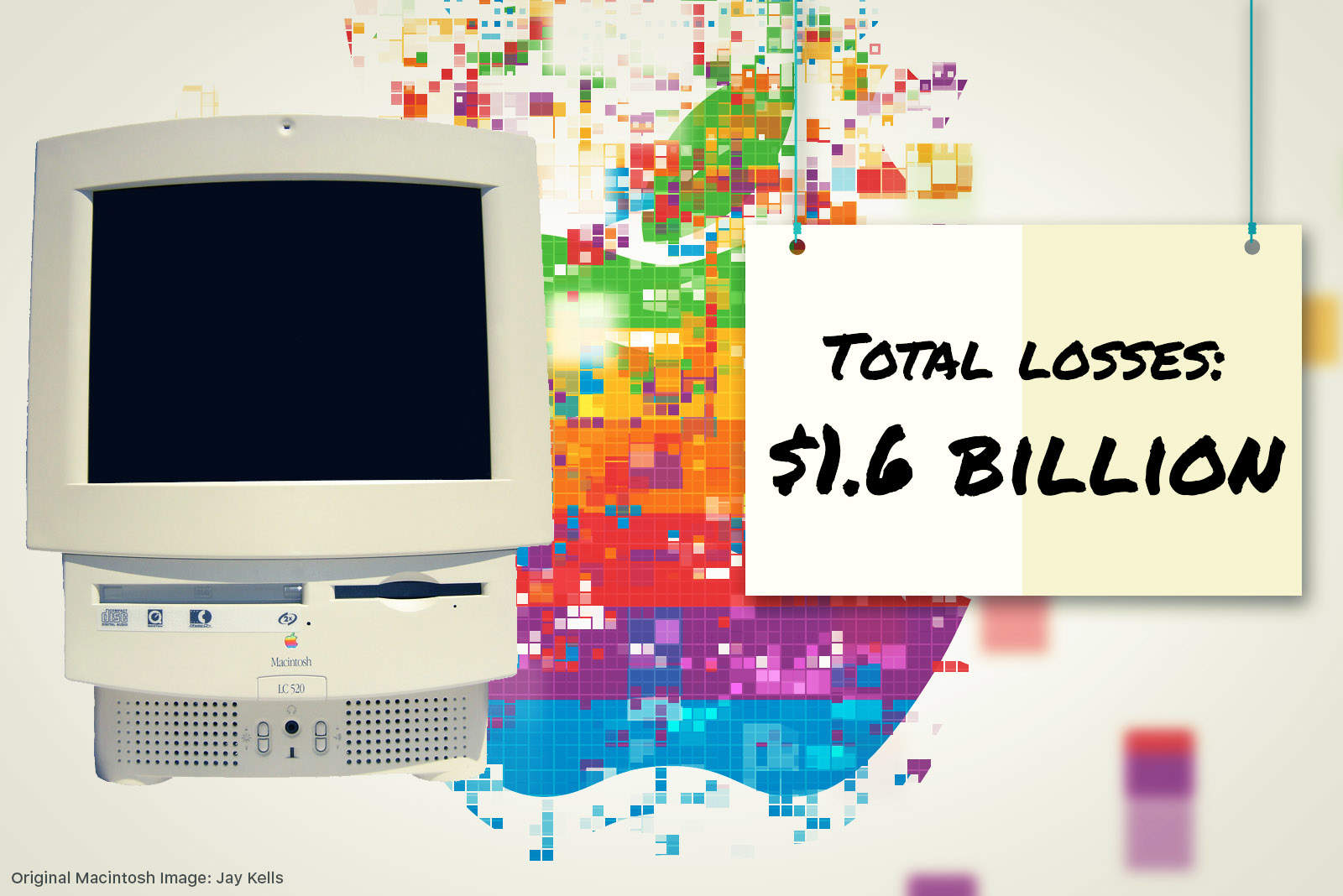
 June 27, 1997: The worst financial year in Apple history comes to an end. During the quarter, Apple lost $56 million — effectively bringing an end to then-CEO
June 27, 1997: The worst financial year in Apple history comes to an end. During the quarter, Apple lost $56 million — effectively bringing an end to then-CEO 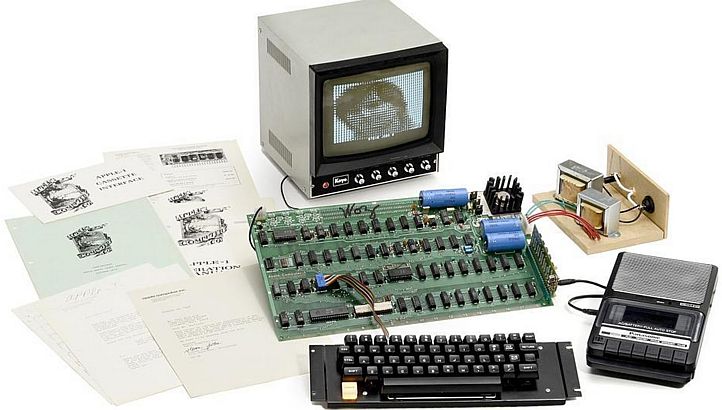
 On June 24, 2013, an Apple I — the first ever computer built by Apple Computer, Inc. — was listed for auction by international auction house Christie’s.
On June 24, 2013, an Apple I — the first ever computer built by Apple Computer, Inc. — was listed for auction by international auction house Christie’s.
 Sometimes affectionately called the “cheese grater,” the original Power Mac G5 first went on sale on June 23, 2003 — offering what was then Apple’s fastest-ever machine and the world’s first 64-bit personal computer.
Sometimes affectionately called the “cheese grater,” the original Power Mac G5 first went on sale on June 23, 2003 — offering what was then Apple’s fastest-ever machine and the world’s first 64-bit personal computer.
 On June 22, 2015, Apple backed down following a brief standoff with Taylor Swift over royalty payments from the soon-to-launch Apple Music service. The company reversed a policy that would have denied royalties to artists during the streaming music platform’s initial three months of operation.
On June 22, 2015, Apple backed down following a brief standoff with Taylor Swift over royalty payments from the soon-to-launch Apple Music service. The company reversed a policy that would have denied royalties to artists during the streaming music platform’s initial three months of operation.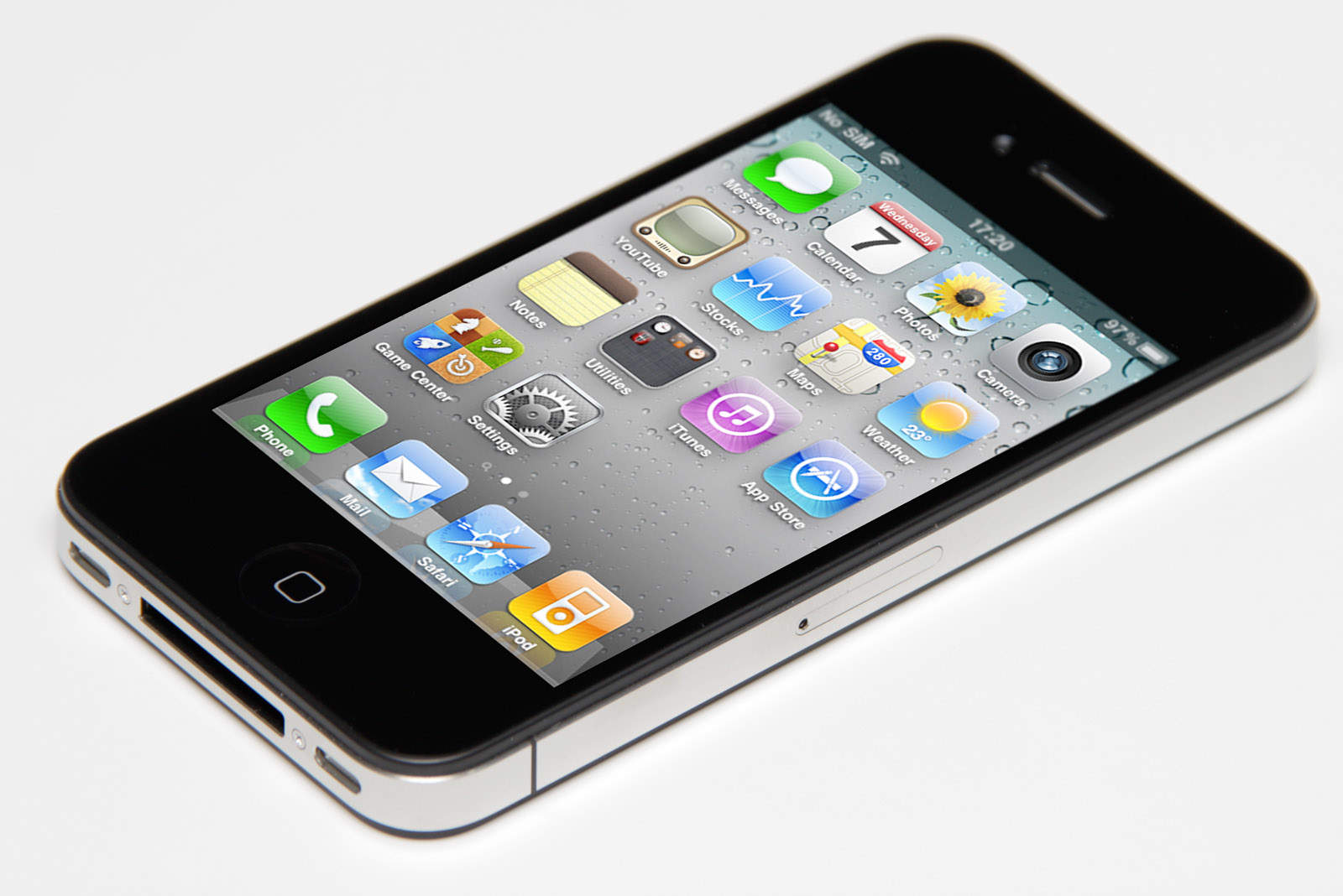
 iOS 4 was not only the last version of Apple’s mobile operating system released during Steve Jobs’ life, it was also a significant step up in terms of the software’s productivity features.
iOS 4 was not only the last version of Apple’s mobile operating system released during Steve Jobs’ life, it was also a significant step up in terms of the software’s productivity features.
 On June 20, 1994, Apple launched its short-lived eWorld service. Why is eWorld so significant? Because it represented Apple’s first deep dive into being a provider of internet services — several years before Steve Jobs returned to the company and embraced the importance of going online.
On June 20, 1994, Apple launched its short-lived eWorld service. Why is eWorld so significant? Because it represented Apple’s first deep dive into being a provider of internet services — several years before Steve Jobs returned to the company and embraced the importance of going online.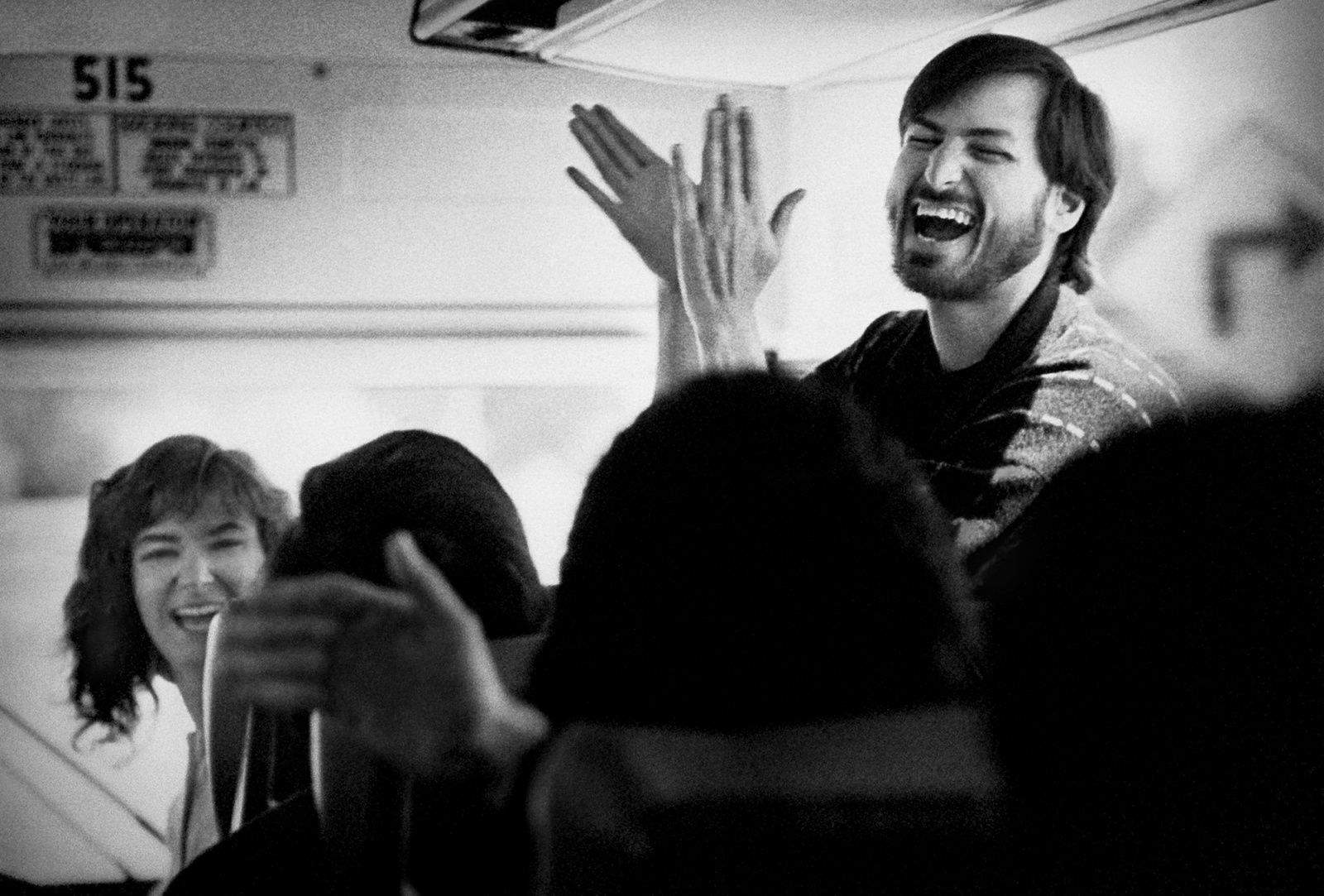
 There was, to put it mildly, a lot that was insanely great about Steve Jobs’ return to Apple. But one thing that always struck me as less than good from an Apple fan’s perspective was that he stopped giving revealing in-depth interviews.
There was, to put it mildly, a lot that was insanely great about Steve Jobs’ return to Apple. But one thing that always struck me as less than good from an Apple fan’s perspective was that he stopped giving revealing in-depth interviews.
 While Apple originally introduced the diminutive Mac mini in 2005, it was on June 15, 2010, that it launched the sleek, unibody aluminum Mac mini redesign that persists to this day.
While Apple originally introduced the diminutive Mac mini in 2005, it was on June 15, 2010, that it launched the sleek, unibody aluminum Mac mini redesign that persists to this day.